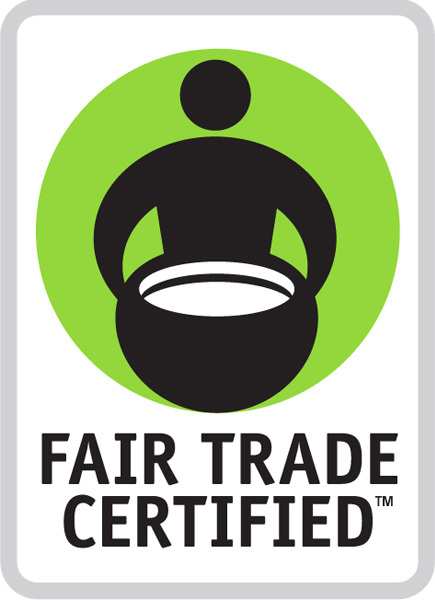Change the World with Your Wardrobe
5 Things You May Not Know About Fair Trade Apparel
Originally Published on Triple Pundit
By Maya Spaull, Fair Trade USA
Transforming the apparel industry is within our reach. By engaging in responsible sourcing practices that protect people and planet, a brand can communicate their values. This is an evolving conversation, accompanied by increasingly conscious consumers that are demanding to know how their clothing, footwear and accessories are produced.
So how does Fair Trade fit into the sustainable apparel dialogue, and what distinguishes it?
Perhaps best known for certification in coffee, Fair Trade is a market-based approach to improving the lives of farmers and workers, protecting the environment, and delivering quality and safety. At its core, Fair Trade puts people at the center of sustainability.
Whether on a farm or in a factory, participants must adhere to rigorous standards, covering areas such as safe working conditions, grievance procedures, freedom from harassment, regulated work hours, absence of child labor, freedom of association, and environmental best practices.
As Fair Trade USA and our partners collaborate to apply this model to global apparel, footwear and accessories production, here are five unique attributes to consider:
1.) Fair Trade delivers more money to the people who produce your clothing
The apparel industry has a long and infamous history of labor abuse and often fatal tragedies, particularly in factory settings. One of these abuses is abysmally low pay, resulting in a situation where workers and cotton farmers receive only a tiny fraction of the final cost of a garment, further exacerbating conditions of extreme poverty.
Fair Trade aims to help individuals, specifically at the most labor intensive points in the supply chain, retain more value and improve their lives. In addition to regional wage and price requirements, as covered in the Fair Trade standards, farmers and workers earn an additional Fair Trade financial premium to invest in their communities. This is typically around 5 percent of the manufactured price of a garment.
Distribution of the Fair Trade premium results in tangible change in the local community, including building schools, improved access to healthcare and distributing cash bonuses for household expenses.
2.) Empowerment and equal rights are at the heart of Fair Trade, with an emphasis on supporting women
Another aim of Fair Trade is to put farmers and workers in the driver’s seat, and help them achieve a voice and position of power in the workplace. One way this happens is through the formation of a Fair Trade committee, which is democratically elected and is responsible for the management of the Fair Trade premium. Individuals also receive a series of trainings, are informed about grievance procedures and about their right to organize.
Protecting and creating new opportunities for women is also critical. With equal pay and equal rights at the forefront, Fair Trade mandates specific standards covering maternity leave, healthcare and freedom from harassment (sexual and otherwise). We’ve also seen women use additional premiums to invest in new business opportunities, like starting a small store, to further support their families.
3.) You’re not just improving lives, you’re protecting the environment
Continue on to full article on TriplePundit.com: http://www.triplepundit.com/2014/05/change-world-wardrobe-5-things-may-know-fair-trade-apparel/



